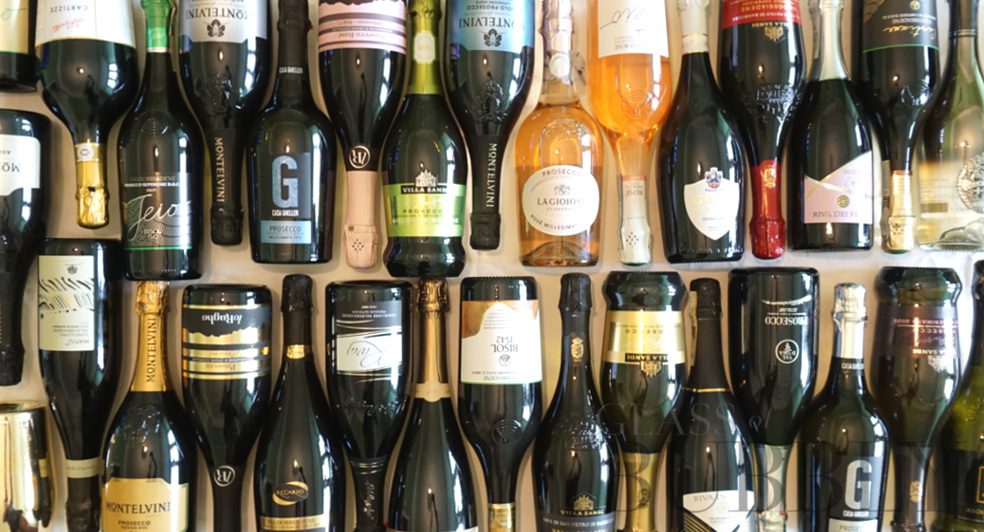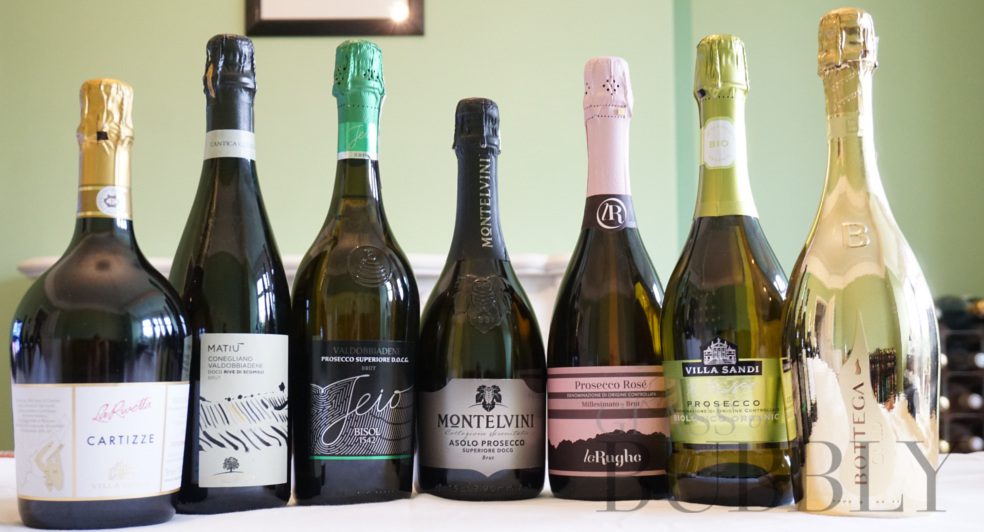What are the Different Types of Prosecco?
20th January 2022

How we love our Italian friends for such a fine discovery in Prosecco! From the Northern region of Italy, it offers tourists the most amazing wine experience from the wonderful rolling hills full of vines to the magical wineries making the world famous bubbly.
What many might not know though is that there isn’t just one type of Prosecco and even then each will offer different styles so it actually holds much variation when it comes to tasting and enjoying. Whether you are toasting to a special occasion or celebrating a win found through Lucky-7-Bonus, a glass of this crisp Italian sparkling wine is the perfect accompaniment. Let’s take a look at the different types and styles of Prosecco:
Prosecco
What is Prosecco? It is a sparkling wine (only a tiny proportion of annual production is still) that is made within nine provinces in the Veneto and Friuli Venezia Giulia regions. The grape used in production is Glera (minimum 85%) along with Chardonnay, Pinot Bianco, Pinot Grigio, Bianchetta, Verdiso etc. The wine is produced using the Charmat method also known as the tank method. You can get either brut style (white) in different sweetness levels along with (as of 2020) rosé (millesimato DOC).
The Prosecco region is vast and located in the north eastern part of the country – 2019 saw 500€ million worth of sales in Prosecco. The wine is sold internationally with the UK being the biggest export market.

Different Types of Prosecco
What are the different types of Prosecco?
Not only are there different Prosecco producer names such as Villa Sandi – Bisol – Montelvini – Le Rughe and many more besides, we are also offered different types of Prosecco. Let’s take a look at what they are:
- Sparkling (Spumante)
- Semi-Sparkling (Frizzante)
- Still Wine (Tranquillo)
Then, we have the types of Prosecco per its region of origin:
- Prosecco DOC Treviso
- Prosecco DOC Venito
- Prosecco DOC Friuli
- Prosecco DOC Rosé Millesimato
- Asolo Prosecco DOCG
- Conegliano Valdobbiadene Prosecco Superiore DOCG
- Conegliano Valdobbiadene Prosecco Superiore Rive DOCG
- Valdobbiadene Superiore di Cartizze DOCG
In my opinion, there are six different styles of Prosecco. The DOC Prosecco standard which can see a variation in quality and style (terroir) from producer to producer. From there we have the newly introduced vintage Rosé from the DOC region and again there is quite a difference in styles as you taste each from varied producers, depending again on the terroir and also pinot noir %. DOC also sees millesimato options (vintages).
What’s the difference between DOC and DOCG?
Then we go on to the DOCG region, the superior quality of the famous hilly region. I usually start with the unique character of the Asolo region, small though it is, the town itself is a magical place to visit as are the vineyards and wineries surrounding it. Then the DOCG gives us the Conegliano Valdobbiadene label which is widely produced and supplied globally. The Rive (hills) selection which I have found contains some of the most outstanding Prosecco tasting experiences. Lastly, rightly so, the tiny parcel of Cartizze which few wineries have the chance to our vineyards within and for many produces the finest quality of Prosecco.
Not only have we the regions from which the Prosecco originates we also have the sweetness levels so again a further selection of labels to choose from:
- Extra Brut – Between 0 and 6g/l sugar
- Brut – Less than 12g/l sugar
- Extra Dry – Between 12 and 17 g/l sugar
- Dry – Between 17 and 32 g/l sugar
- Demi-Sec – Between 32 and 50 g/l sugar
On top of this, I feel we must also feature #Bio Organic labels which again give a very different expression of Prosecco.
![]()
Glass of Bubbly Content
Content shared by this account is either news shared free by third parties or advertising content from third parties and affiliations. Please be advised that links to third party websites are not endorsed by Glass of Bubbly Ltd - Please do your own research before committing to any third party business promoted on our website.
